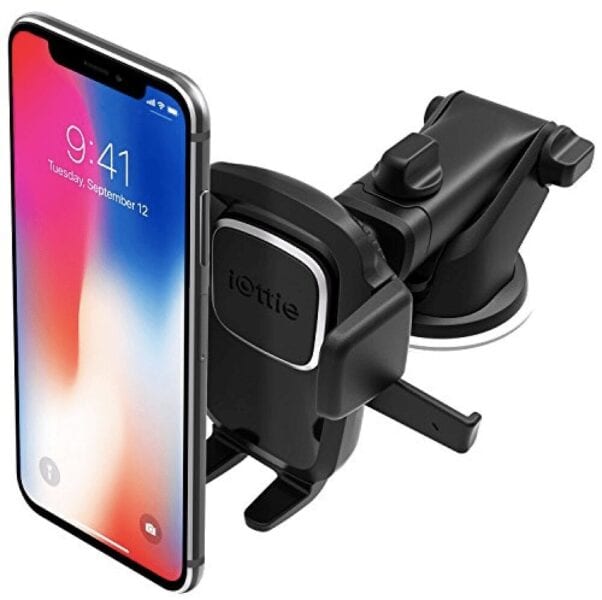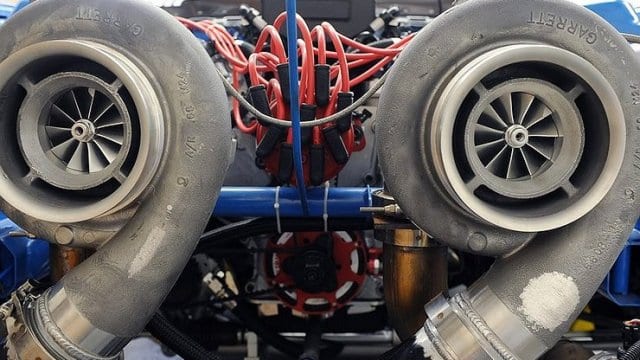
Why shouldn't the turbo engine idle?
Content
In many parts of the world, cars are prohibited from standing in the same place with a running engine. Otherwise, the driver will be fined. However, this is not the only reason why it is necessary to exclude a long downtime with a working internal combustion engine.
Consider 3 reasons why the advice that a turbocharged engine should work after a trip is no longer relevant.
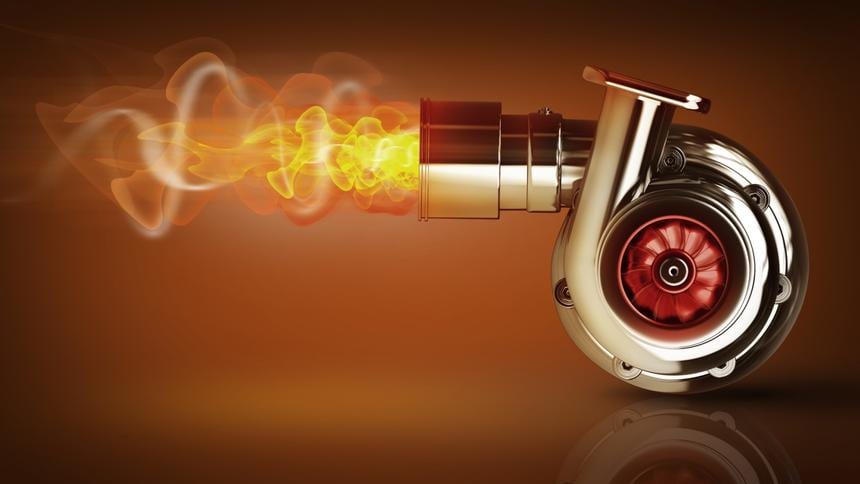
1 Old and new turbocharged engines
First of all, we are talking about the features of modern turbocharged internal combustion engines. Their resource is limited, and in this case we are talking not only about the mileage readings, but also about the number of hours during which the engine was running (you can read about engine hours here).
Many older generation turbocharged units did indeed require smooth turbine cooling. The peculiarity of the turbine is that during operation it heats up to temperatures above 800 degrees.
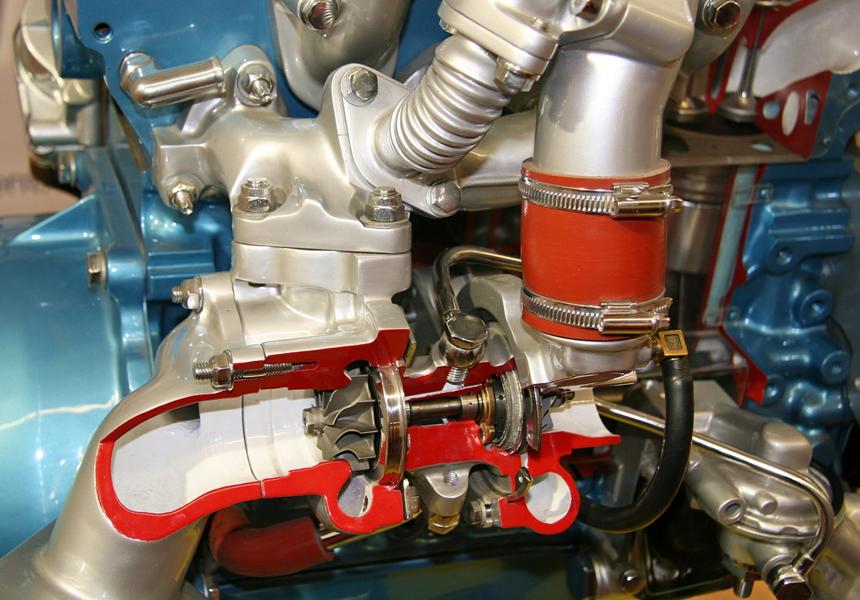
The problem was that after stopping the car in this mechanism, the lubricant burned out, due to which coke was formed. After the next start of the engine, small particles turned into abrasive, destroying the elements of the turbine. As a result - claims to the manufacturer and warranty repair of the mechanism.
At idle, the supercharger was cooled to the optimum temperature (about 100 degrees). Thanks to this, the lubricant on the contact surfaces did not lose its properties.

Modern units are devoid of such problems. Automakers have increased the flow of oil to the moving parts of the turbine, which has improved its cooling. Even if after stopping on a hot surface the oil turns into an abrasive, after starting the oil quickly removes it into the filter.
2 Engine lubrication and combustion of VTS
At low engine speeds, the oil pressure decreases, which means that it circulates worse. If the unit operates in this mode for 10-15 minutes, then a limited amount of air-fuel mixture enters the cylinder chambers. However, even it cannot completely burn out, which seriously increases the load on the engine.
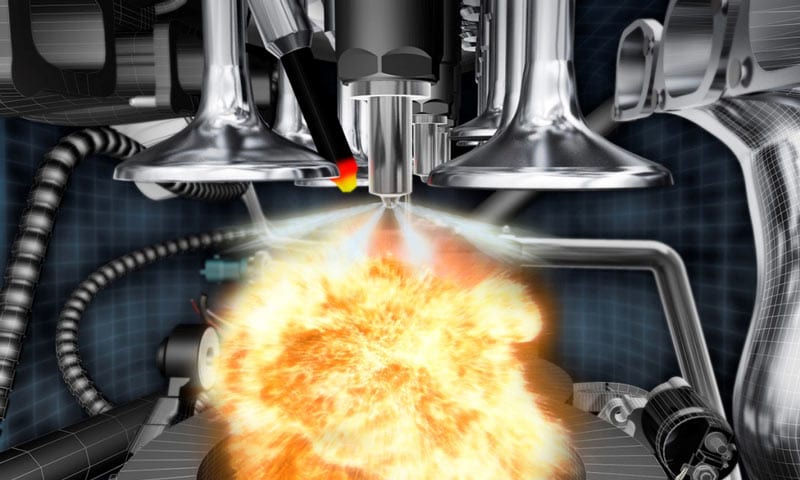
The same problem can be experienced when the car is in large traffic jams. In this case, the driver may even hear the smell of unburned fuel. This can lead to overheating of the catalyst.
3 Soot on candles
Another problem in such cases is the formation of soot on candles. Soot negatively affects their work, reducing the functionality of the ignition system. Accordingly, fuel consumption increases, and power decreases. The most harmful for the unit is the load on an unheated engine. This is especially true in winter when it's cold outside.
Tips for working the internal combustion engine after a trip
Often, on the Internet, you can find information that the engine should run a little after a trip. One explanation is that after the engine is turned off, the water pump stops pumping coolant. As a result, the motor overheats.
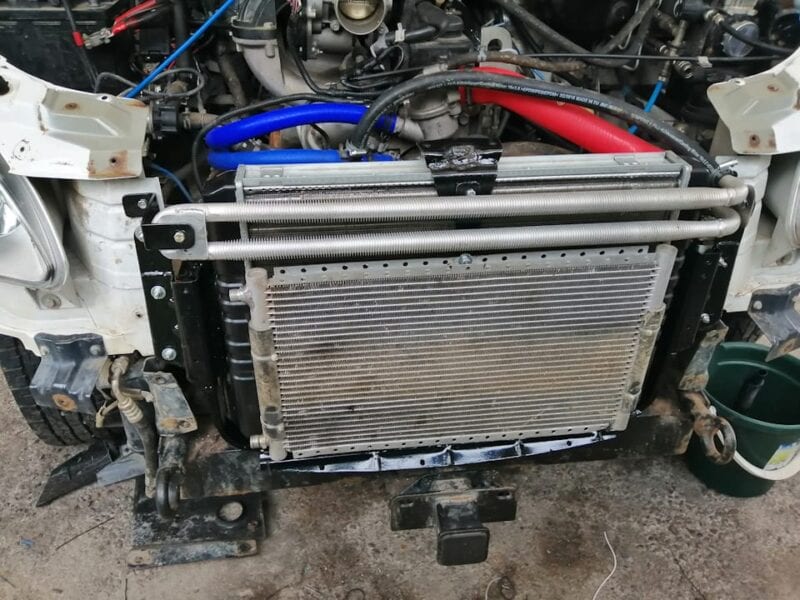
To avoid this difficulty, experts advise not to turn off the engine after a trip, but to let it run for another 1-2 minutes.
Disadvantage of such a recommendation
However, this method has a side effect. Cool air is blown into the radiator when the car is driving, which provides cooling of the antifreeze in the cooling system. In a standing car, this process does not occur, therefore all cars are equipped with a fan that blows air to the heat exchanger.
In this case, the motor also overheats due to insufficient cooling (as if the car was in a traffic jam).
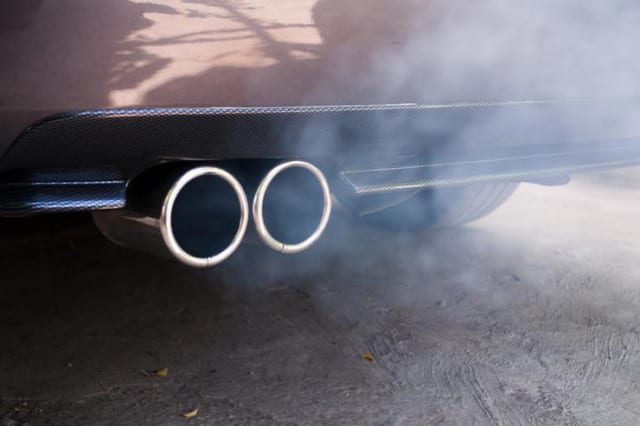
It is much better to ensure that the motor stops smoothly. To do this, drive with minimal engine load during the last 5 minutes of the trip. So it will overheat less after stopping.
A similar principle applies to the operation of a cold motor. Instead of standing and warming up the internal combustion engine for 10 minutes, it is enough to let it run for 2-3 minutes. Then, for the first 10 minutes, you should drive in a measured mode, without bringing the speed to maximum.
Questions and answers:
When does the turbine on a car turn on? The impeller begins to rotate immediately after the engine starts (the exhaust gas flows still pass through the shell). But the effect of the turbine is available only at certain speeds (the flow is increased).
How to check if a turbine is working or not working? If the car used to get a "second wind" at a certain speed, but now it does not - you need to check the turbine. Higher revs, at which the boost is triggered, consumes a lot of oil.
What is harmful to the turbine? Prolonged operation of the engine at high rpm, untimely oil change, high rpm on an unheated engine (do not gas, starting the engine after a long idle period).
Why does a diesel turbine break down? The impeller gets dirty from poorly burned fuel, overheating of the turbine due to constant operation at maximum speed, due to oil starvation (after starting, the engine is immediately subjected to a large load).
